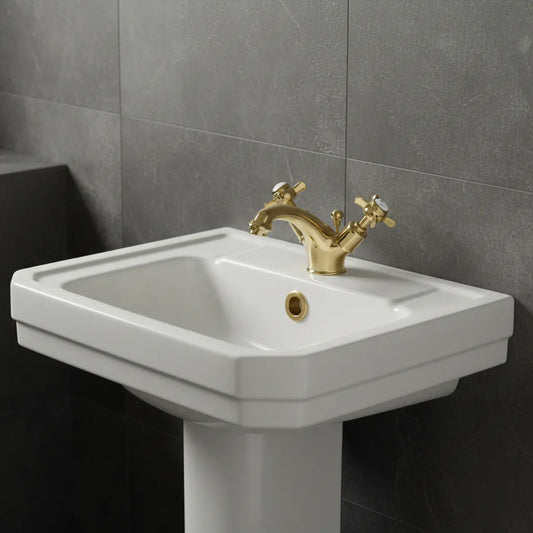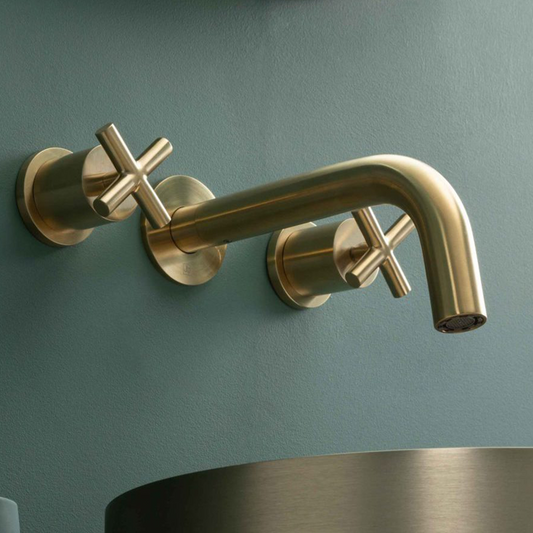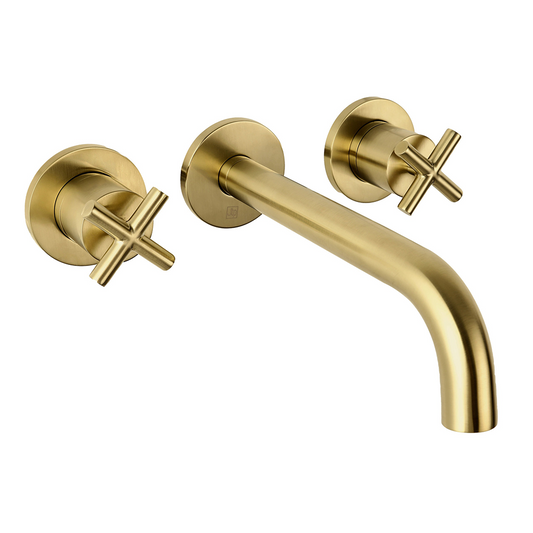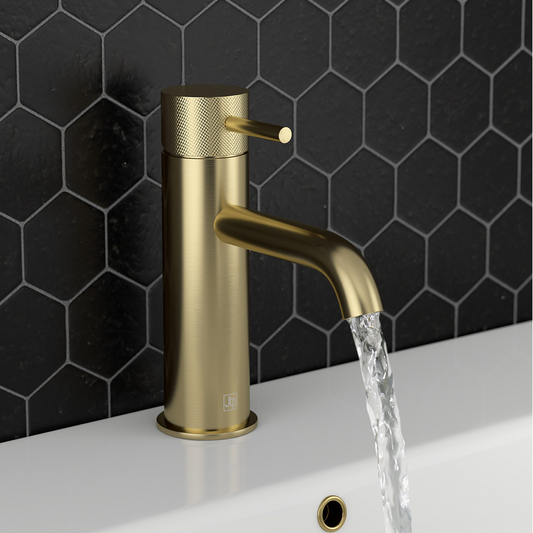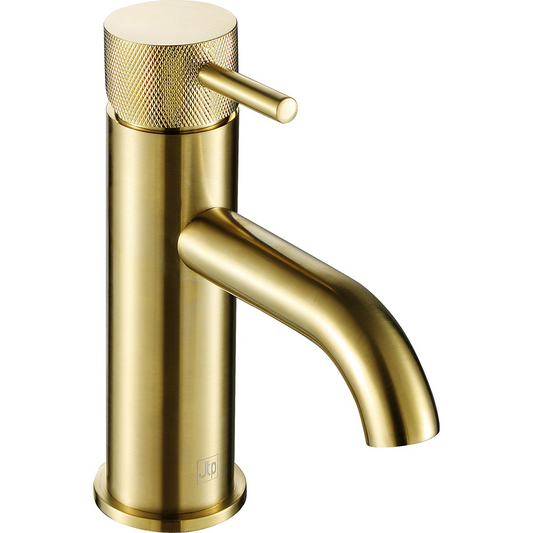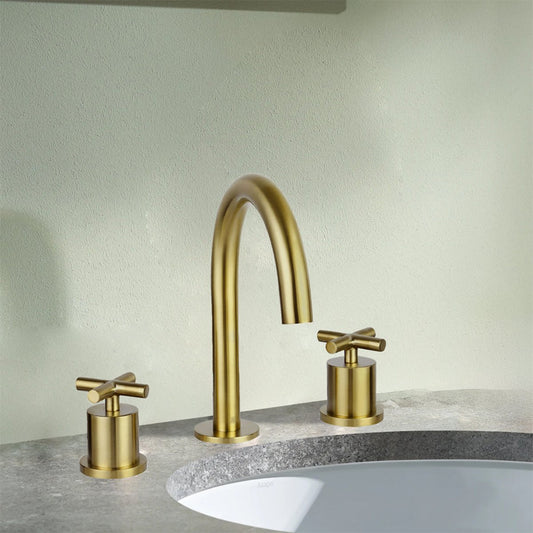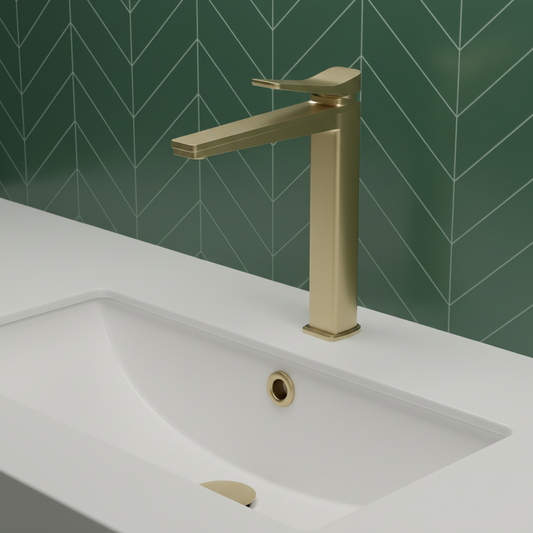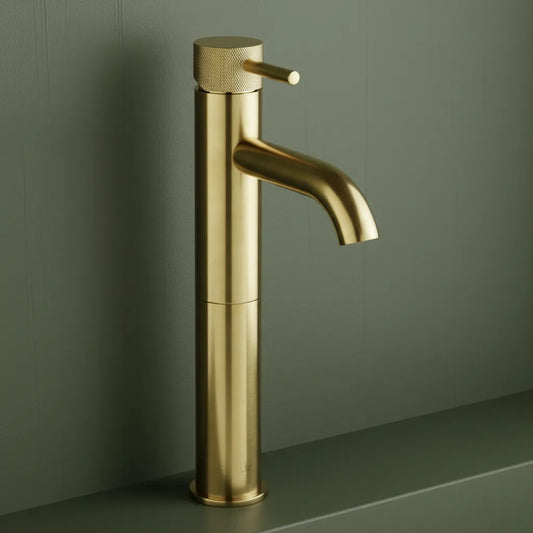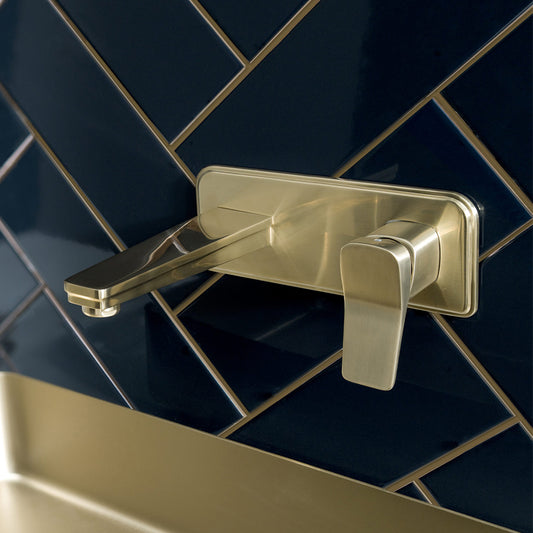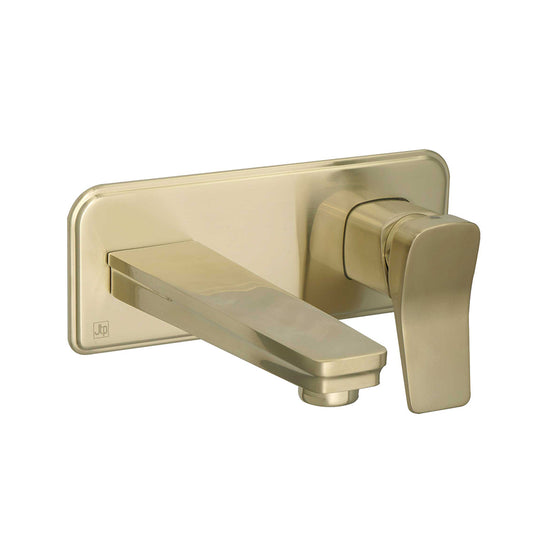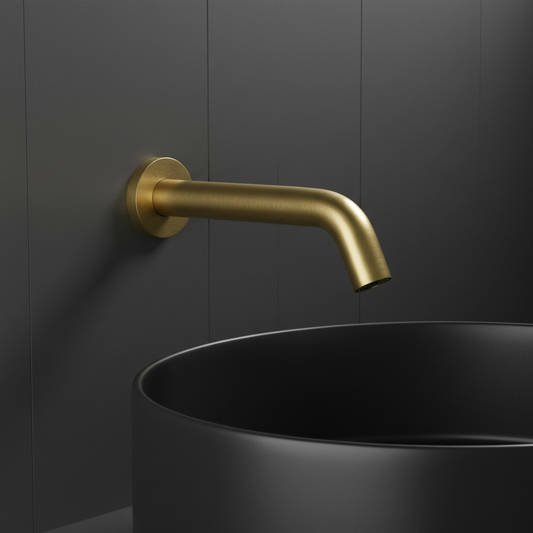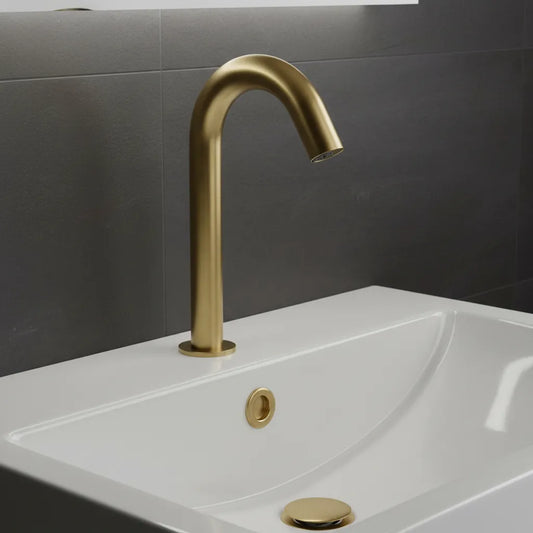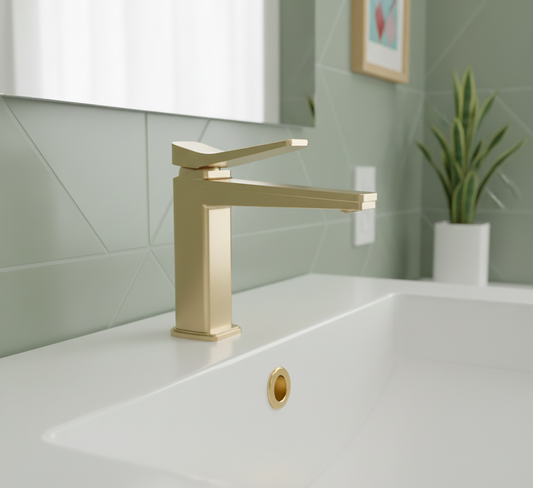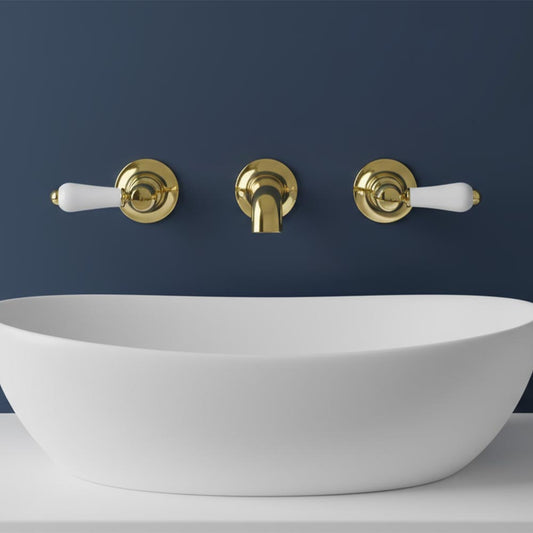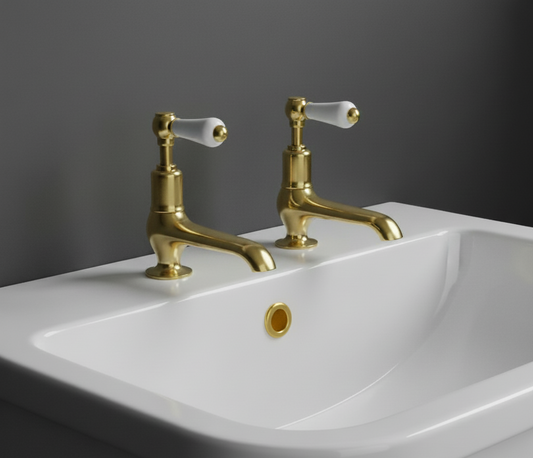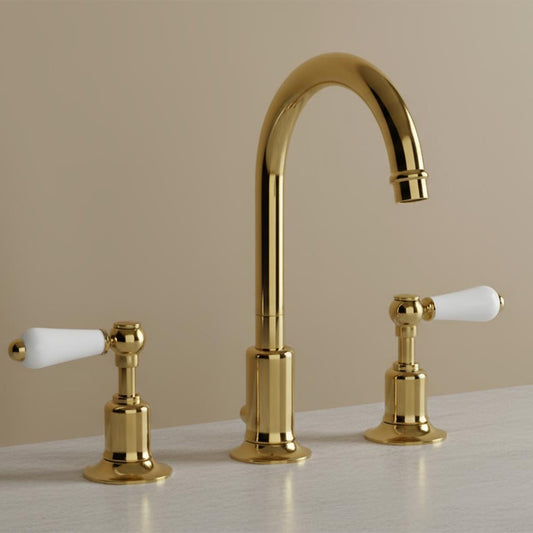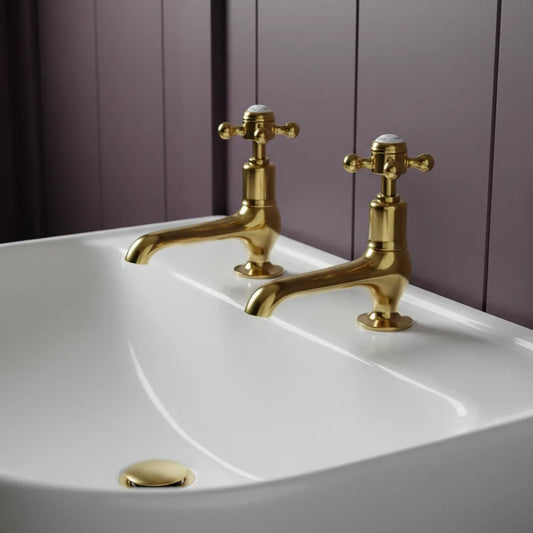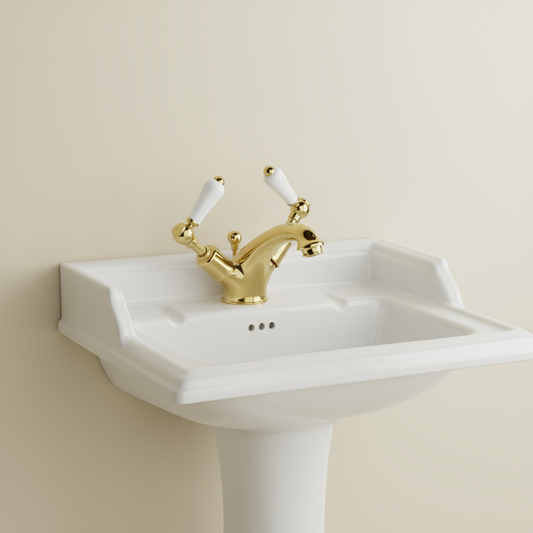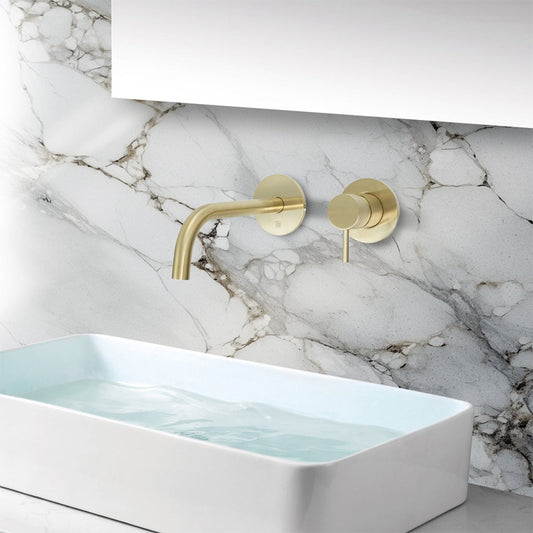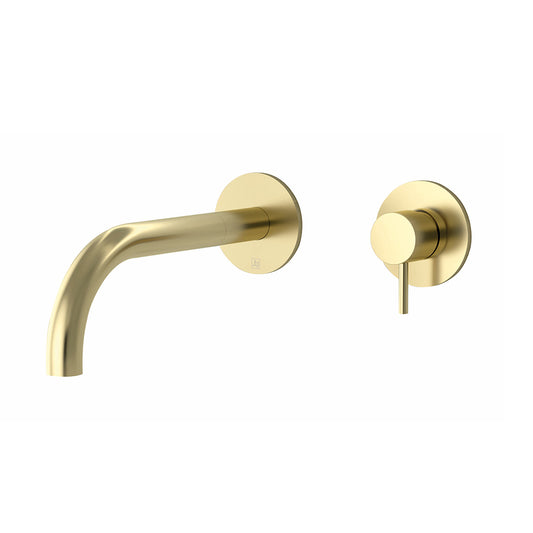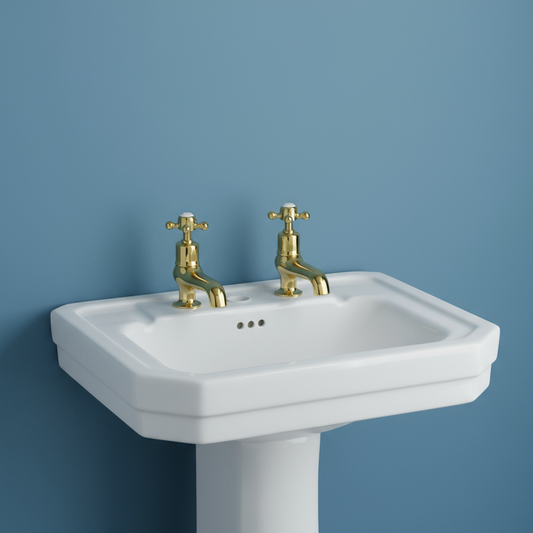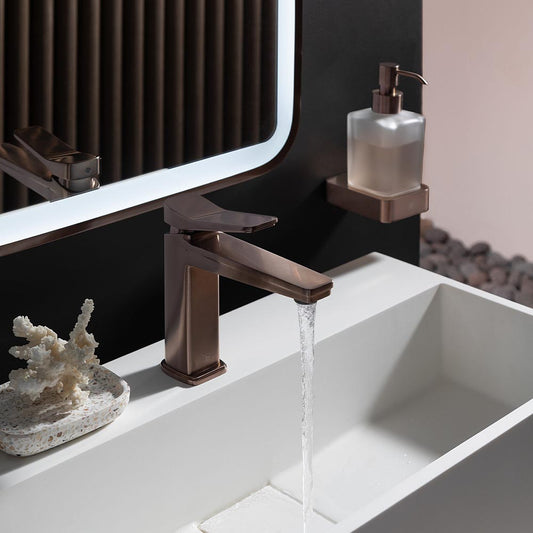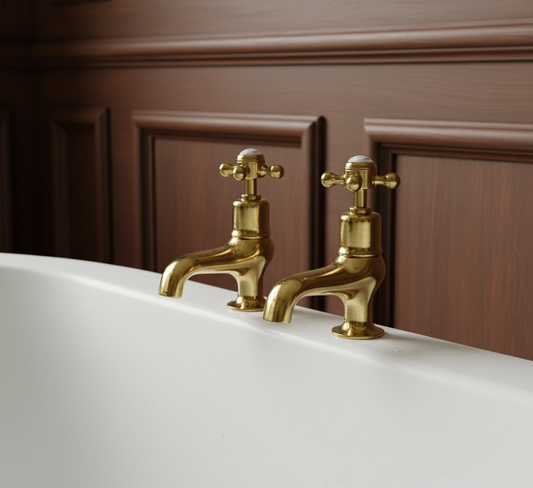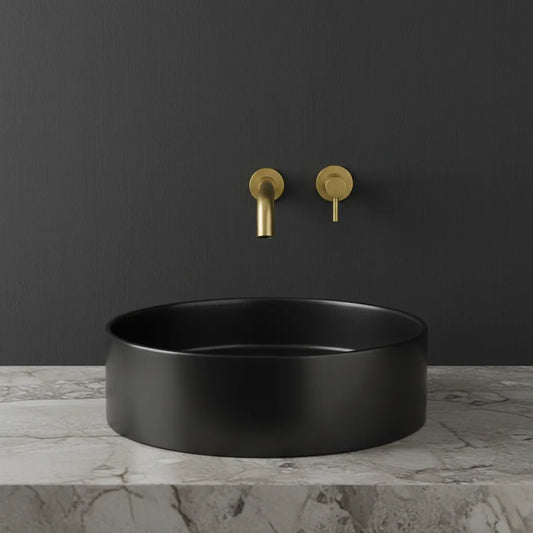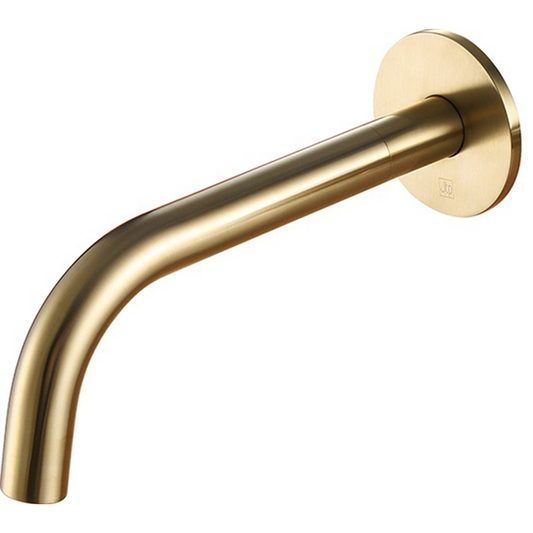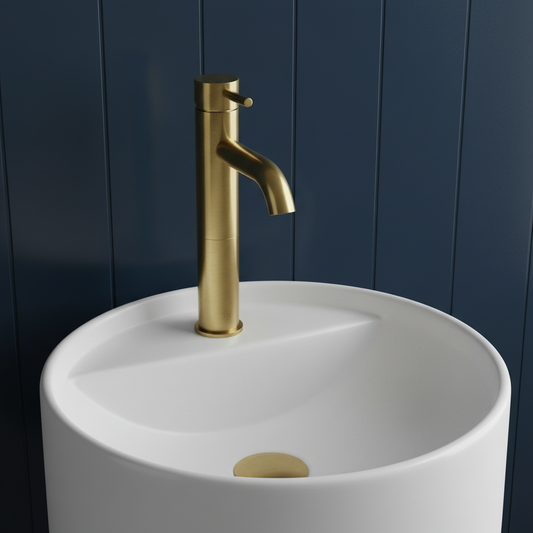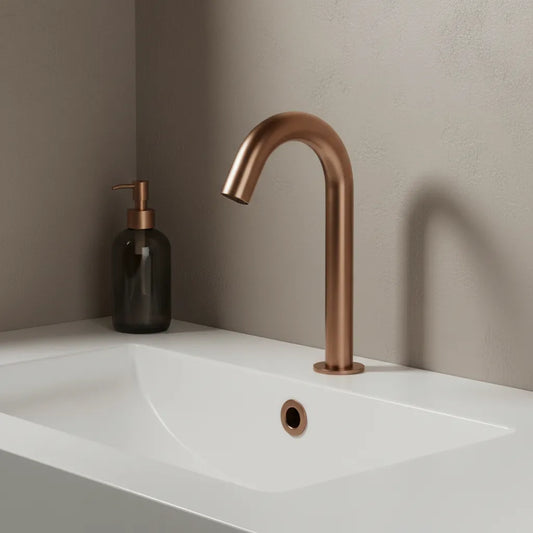Mastering the Art of Tap Cartridge Descaling and Cleaning in just 9 simple steps
Table Of Contents:
-
Introduction
→ -
Shower Arms Collection
→ -
Understanding Tap Cartridges: The Heart of Your Tap
→ -
Why Descaling and Cleaning is Necessary
→ -
Step-by-Step Guide to Descaling and Cleaning Your Tap Cartridge
→ -
Additional Tips for Effective Descaling and Cleaning
→ -
Conclusion
→
Introduction:
Taps are an essential fixture in our homes, serving us daily with fresh water for various needs. However, over time, mineral deposits can accumulate in tap cartridges, leading to reduced water flow and compromised functionality.
Descaling and cleaning your tap cartridge can restore your tap's performance and extend its lifespan. In this comprehensive guide, we will walk you through the process of descaling and cleaning a tap cartridge effectively.
Understanding Tap Cartridges: The Heart of Your Tap
Before we delve into the descaling and cleaning process, let's take a moment to understand the role of tap cartridges. Tap cartridges are the inner mechanisms that control the flow and temperature of water in your tap. They are essential for ensuring a smooth and reliable water supply.
Most modern taps use ceramic cartridges, which are known for their durability and longevity. However, even ceramic cartridges can develop mineral deposits over time, affecting their performance. Descaling and cleaning these cartridges can help maintain your tap's efficiency.
Why Descaling and Cleaning is Necessary
Mineral deposits, primarily calcium and magnesium, are commonly found in tap water. Over time, these minerals can build up within your tap cartridge, leading to several issues:
- Reduced Water Flow: Mineral buildup restricts the flow of water, causing a decrease in water pressure from your tap.
- Inconsistent Temperature: Accumulated minerals can affect the cartridge's ability to control water temperature accurately, leading to variations in hot and cold water.
- Leaking Taps: In some cases, mineral deposits can cause leaks by compromising the cartridge's seal.
- Increased Energy Consumption: Reduced water flow may lead to longer usage of hot water, resulting in higher energy bills.

Step-by-Step Guide to Descaling and Cleaning Your Tap Cartridge
Now that we understand the importance of descaling and cleaning tap cartridges, let's walk through the process:
Step 1: Turn Off Water Supply
Before you begin, turn off the water supply to the tap you're working on. This prevents any unexpected water flow during the cleaning process.
Step 2: Remove the Tap Handle
Use a screwdriver or an Allen key, depending on your tap's design, to remove the tap handle. Most handles are attached with screws or bolts. Once removed, set the handle aside.
Step 3: Access the Cartridge
With the handle removed, you'll have access to the tap cartridge. Depending on your tap's design, you may need to unscrew a cover or nut to expose the cartridge fully.
Step 4: Remove the Cartridge
Carefully remove the tap cartridge from its housing. Be gentle to avoid damaging the cartridge or surrounding components.
Step 5: Soak in Vinegar Solution
Prepare a solution of equal parts white vinegar and water. Submerge the tap cartridge in this solution and let it soak for several hours or overnight. Vinegar's acidity helps dissolve mineral deposits.
Step 6: Scrub Away Deposits
After soaking, use a soft brush, toothbrush, or cloth to scrub away any remaining mineral deposits on the cartridge. Be thorough but gentle to avoid damaging the ceramic surface.
Step 7: Rinse and Reassemble
Rinse the cartridge thoroughly with clean water to remove any vinegar residue. Then, reassemble the tap by reversing the steps you followed to disassemble it.
Step 8: Inspect and Replace Seals
As you reassemble the tap, take the opportunity to inspect the seals and O-rings for signs of wear or damage. If you notice any issues, it's a good practice to replace them to prevent leaks in the future.
Step 9: Check Water Flow
Once you've reassembled the tap, turn on the water supply and check the water flow and temperature. Ensure that the tap operates smoothly and that there are no leaks. If you encounter any problems, double-check your work and make adjustments as necessary.
Step 10: Regular Maintenance
Prevention is key to avoiding future mineral buildup in your tap cartridge. Consider incorporating regular maintenance into your household routine. You can do this by periodically inspecting and cleaning the cartridge to prevent excessive mineral deposits from accumulating.
Additional Tips for Effective Descaling and Cleaning:
Use Soft Brushes: When scrubbing the cartridge, use soft brushes or toothbrushes to avoid scratching the ceramic surface. Scratches can lead to further mineral buildup.
Be Patient: Descaling and cleaning may take time, especially if there is significant mineral buildup. Allow the cartridge to soak and dissolve deposits thoroughly.
Use Protective Gear: When working with vinegar or cleaning solutions, consider using protective gloves and ensuring proper ventilation to minimize exposure to chemicals.
Seek Professional Help: If you encounter difficulties or are uncomfortable disassembling your tap, don't hesitate to seek assistance from a professional plumber. They can ensure a thorough cleaning without risking damage to your plumbing.
Conclusion
Descaling and cleaning your tap cartridge is a straightforward yet essential maintenance task that can significantly improve the performance and lifespan of your taps. By following these steps and tips, you can effectively remove mineral deposits and maintain a reliable and efficient water supply in your home.
Regular maintenance and proactive care can go a long way in preventing future issues and ensuring the longevity of your plumbing fixtures. We hope this guide has empowered you with the knowledge and confidence to tackle tap cartridge cleaning successfully.
Stay Informed and Enjoy Clean, Flowing Water!
Thank you for joining us on this journey to master the art of tap cartridge descaling and cleaning. We wish you smooth and trouble-free water flow in all your taps.









